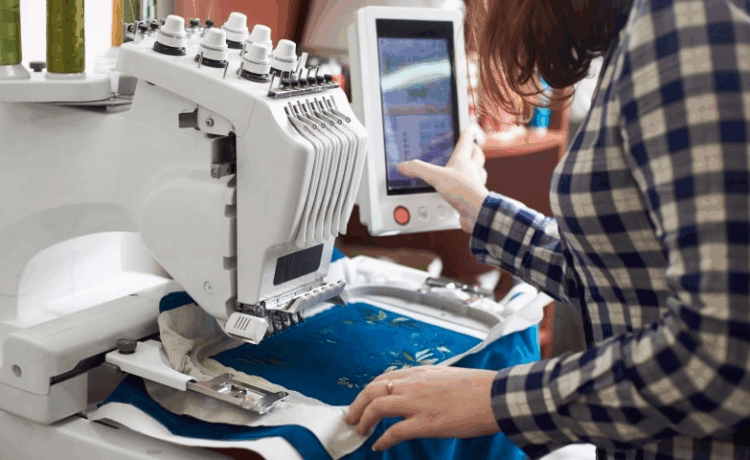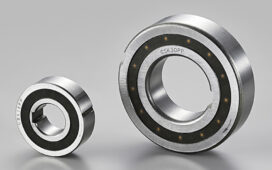If you’re starting a t-shirt business or trying to make your current process smoother, you’ve probably asked yourself, “What’s the best way to print t-shirts for selling online?” With several printing methods out there, it can be hard to know which one fits your needs best.
From direct-to-garment printing to screen printing and more, each method has its own strengths and weaknesses. The best option for your business depends on a few key things—how your design looks, the type of fabric you’re printing on, how many shirts you want to make, and how much you’re willing to spend.
In this guide, we’ll walk you through six popular t-shirt printing methods and help you understand how each one works. We’ll also answer common questions so you can feel confident about choosing the right printing process.
Key Points to Remember
- The six main t-shirt printing methods are: direct-to-garment (DTG), screen printing, dye sublimation, heat transfer vinyl (HTV), plastisol transfer, and airbrushing.
- DTG and screen printing are the most commonly used methods.
- Your choice depends on the design complexity, fabric, order size, and budget.
- Using a print-on-demand provider can help lower costs and save time.
1. Direct-to-Garment (DTG) Printing
DTG printing is a process where a special printer sprays water-based ink directly onto the shirt. This method is great for designs with a lot of detail or color. It works best on cotton shirts and is often used for small batches or single orders.
How it works:
- You upload your design to a computer.
- The shirt is treated so the ink sticks properly.
- The shirt is placed into the printer and printed.
- The ink is heat-dried so it stays in place even after washing.
Pros:
- Great for detailed, colorful designs.
- Smooth feel on the fabric.
- Better for the environment since it uses water-based ink.
- Perfect for small orders or one-offs.
Cons:
- Works best on cotton, not polyester.
- May fade quicker than other methods over time.
- The printers are expensive (but you can use a print-on-demand service to avoid this cost).
2. Screen Printing
Also known as silk screen printing, this method uses stencils and mesh screens to apply ink to the shirt. Each color in the design needs its own stencil and screen, so it’s best for simple designs with only a few colors.
How it works:
- A stencil of your design is made.
- The stencil is placed on a screen.
- Ink is pushed through the screen onto the shirt.
- The ink is dried with heat.
Pros:
- Very bright and long-lasting colors.
- Cost-effective for large orders.
- Great for basic designs with few colors.
Cons:
- Time-consuming to set up.
- Not good for complex or colorful designs.
- Not ideal for small orders because of the setup costs.
3. Dye Sublimation Printing
Dye sublimation is a method where designs are printed onto special paper, then transferred to the shirt using heat and pressure. It works best on light-colored polyester fabrics and allows for all-over printing, even over seams.
How it works:
- Design is printed in reverse on special paper.
- Paper is pressed onto the shirt with heat.
- The ink turns into gas and bonds with the fabric.
Pros:
- Covers the entire shirt.
- Smooth finish with no raised ink.
- Colors don’t peel or fade.
- Breathable design.
Cons:
- Only works on polyester (not cotton).
- Doesn’t show up well on dark shirts.
- Can be costly.
4. Heat Transfer Vinyl (HTV) Printing
HTV uses sheets of colored vinyl that are cut into shapes and letters, then pressed onto shirts using heat. It’s often used for sports jerseys or custom names and numbers.
How it works:
- The design is cut out of vinyl.
- Extra vinyl is removed.
- The design is placed on the shirt and pressed with heat.
- The top layer is peeled off to reveal the finished design.
Pros:
- Easy to start with, especially for beginners.
- Inexpensive equipment needed.
- Great for small orders and custom jobs.
Cons:
- Slower to produce, especially for complex designs.
- Designs can feel stiff on the fabric.
- Not great for dark shirts.
- Not ideal for large orders.
5. Plastisol Transfer Printing
This method uses plastisol ink printed onto special transfer paper. The design is then heat-pressed onto the shirt. It’s similar to screen printing but gives more flexibility in timing.
How it works:
- Design is printed in reverse on transfer paper.
- Paper is dried and stored.
- When ready, it’s heat-pressed onto the shirt.
- The paper is peeled away, leaving the ink on the shirt.
Pros:
- Durable and high-quality.
- Can be stored and used later.
- Special effects like shine or texture are possible.
Cons:
- Takes skill and time to set up.
- Not good for photo-quality images.
- Not ideal for large orders.
6. Airbrushing
Airbrushing is a manual method where paint is sprayed onto the shirt using a small tool called an airbrush. It’s commonly used for custom, one-of-a-kind designs.
How it works:
- A stencil is placed on the shirt.
- The airbrush sprays paint over the stencil.
- Multiple stencils can be used for more colors.
- Once dry, the design is set with heat.
Pros:
- Low-cost and easy to try.
- Allows creative freedom.
- Great for one-of-a-kind or artistic shirts.
Cons:
- Not very durable.
- Hard to reproduce designs in large numbers.
- Not ideal for complex or sharp details.
Which T-Shirt Printing Method Should You Choose?
The right method depends on your needs. Ask yourself:
- Is my design simple or complex?
- How many shirts do I need?
- What fabric am I printing on?
- What is my budget?
- Do I want to print one shirt at a time or large batches?
For detailed designs and small orders: DTG printing is often best.
For large batches with simple designs: Screen printing is a strong choice.
For full-shirt coverage: Choose dye sublimation (on polyester shirts).
For basic, custom lettering or numbers: Use heat transfer vinyl.
For saving designs and printing later: Plastisol transfers work well.
For personal, hand-made designs: Airbrushing gives you full creative control.
Final Thoughts
T-shirt printing isn’t one-size-fits-all. The best method depends on your business goals, design style, and how you plan to sell your shirts. By understanding the pros and cons of each printing method, you can make the right choice and set your business up for success.
If you’re looking to get started quickly and avoid high equipment costs, consider using a print-on-demand service. This way, you can focus on creating great designs while someone else handles the printing and shipping.







